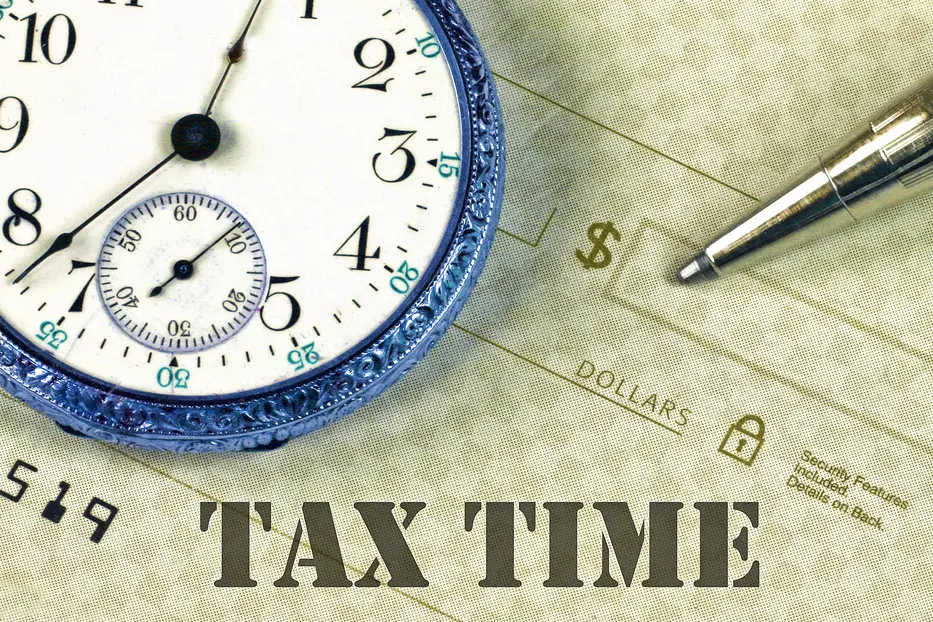PHOTO
12 April 2017
When value-added tax is introduced across the six Gulf Cooperation Council (GCC) states from January 1, 2018, it will initially be set at a base rate of 5 percent. However, this is likely to increase in the coming years in order for the exercise to be profitable in the long-term, officials and tax experts said.
Gulf Arab leaders last year agreed to introduce a 5 percent VAT as a means of generates new sources of income and diversify their economy after the steep decline in oil prices.
But the suggested rate might not be enough to generate revenues for the hydrocarbon-rich Gulf states. Saudi Arabia, the region’s biggest economy and the world’s top oil exporter, reported a record budget deficit of 367 billion riyals ($97.85 billion) in 2015.
On Sunday, the Saudi Arabian finance minister Mohammed Al Jadaan said the VAT rate could go up in the next few years but that it would “not be raised above 5 percent before year 2020.”
Alexis Antoniades, an economics professor at Qatar’s Georgetown University and a former assistant economist at the New York Federal Reserve Bank, who has knowledge of Qatar’s VAT plans, told Zawya in a phone interview on Sunday that the VAT rate would need to go above 5 percent in order to be profitable.
“What I can say is it (Qatar VAT revenue) won’t be much. At first the cost of implementing the VAT system will outweigh the benefits because of the huge compliance cost (to) companies, of setting (up) the tax bureaus, hiring people, changing regulations… Those are huge costs and I think the revenue will be very small,” said Antoniades.
“Eventually I expect VAT rate to go up so that revenue will be substantial. I am not saying it will go up in the next year or two but in 5-10 years it could. In advanced economies it is 16-22 percent, so you start at 5 (percent) but in the long run it will go up,” he added.
Further reading:
© Express 2017
When value-added tax is introduced across the six Gulf Cooperation Council (GCC) states from January 1, 2018, it will initially be set at a base rate of 5 percent. However, this is likely to increase in the coming years in order for the exercise to be profitable in the long-term, officials and tax experts said.
Gulf Arab leaders last year agreed to introduce a 5 percent VAT as a means of generates new sources of income and diversify their economy after the steep decline in oil prices.
But the suggested rate might not be enough to generate revenues for the hydrocarbon-rich Gulf states. Saudi Arabia, the region’s biggest economy and the world’s top oil exporter, reported a record budget deficit of 367 billion riyals ($97.85 billion) in 2015.
On Sunday, the Saudi Arabian finance minister Mohammed Al Jadaan said the VAT rate could go up in the next few years but that it would “not be raised above 5 percent before year 2020.”
Alexis Antoniades, an economics professor at Qatar’s Georgetown University and a former assistant economist at the New York Federal Reserve Bank, who has knowledge of Qatar’s VAT plans, told Zawya in a phone interview on Sunday that the VAT rate would need to go above 5 percent in order to be profitable.
“What I can say is it (Qatar VAT revenue) won’t be much. At first the cost of implementing the VAT system will outweigh the benefits because of the huge compliance cost (to) companies, of setting (up) the tax bureaus, hiring people, changing regulations… Those are huge costs and I think the revenue will be very small,” said Antoniades.
“Eventually I expect VAT rate to go up so that revenue will be substantial. I am not saying it will go up in the next year or two but in 5-10 years it could. In advanced economies it is 16-22 percent, so you start at 5 (percent) but in the long run it will go up,” he added.
Further reading:
- Zawya Special Coverage on the introduction of VAT in the GCC
- Qatar seen lagging the Gulf in levying VAT - expert
- VAT could hurt cashflows of some UAE construction firms
- UAE plans 5% VAT across the board- official
- What's in and what's exempt? Registration, invoicing and 500% fines for tax dodgers all the latest updates on VAT in the UAE
- UAE president to issue VAT law within 2-4 months- source
© Express 2017












